The world of comics has been profoundly shaped by visionary artists whose creativity and storytelling have left an indelible mark on the medium. From the early days of comic strips to the modern graphic novel, these artists have introduced iconic characters and narratives that continue to captivate audiences. This article highlights ten of the most influential comic artists of all time, celebrating their unique contributions and enduring legacies.
1. Jack Kirby (1917–1994): The King of Comics and Co-Creator of the Marvel Universe

Jack Kirby (born Jacob Kurtzberg; August 28, 1917 – February 6, 1994) was a legendary American comic book artist, writer, and editor, widely hailed as one of the most influential and prolific creators in the history of the medium. Known affectionately as “The King of Comics,” Kirby co-created a pantheon of iconic superheroes—including Captain America, the Fantastic Four, Thor, Iron Man, the Hulk, the X-Men, the Avengers, and the Black Panther—many of which became the foundation of the Marvel Universe and, later, the Marvel Cinematic Universe.
Kirby’s groundbreaking visual storytelling and dynamic art style helped define the modern superhero comic, shaping both Marvel and DC Comics through decades of innovation. Beyond superheroes, he pioneered entire genres—co-creating the romance comic with Joe Simon and building the ambitious Fourth World saga at DC Comics. A fierce advocate for creator rights, Kirby’s contributions earned him a permanent place in pop culture history, culminating in honors like the Will Eisner Hall of Fame and being posthumously named a Disney Legend in 2017.
With a career spanning over 50 years, Jack Kirby not only redefined comic book art but also left a legacy that continues to inspire writers, artists, and filmmakers around the world.
2. Will Eisner (1917–2005): The Father of the Graphic Novel
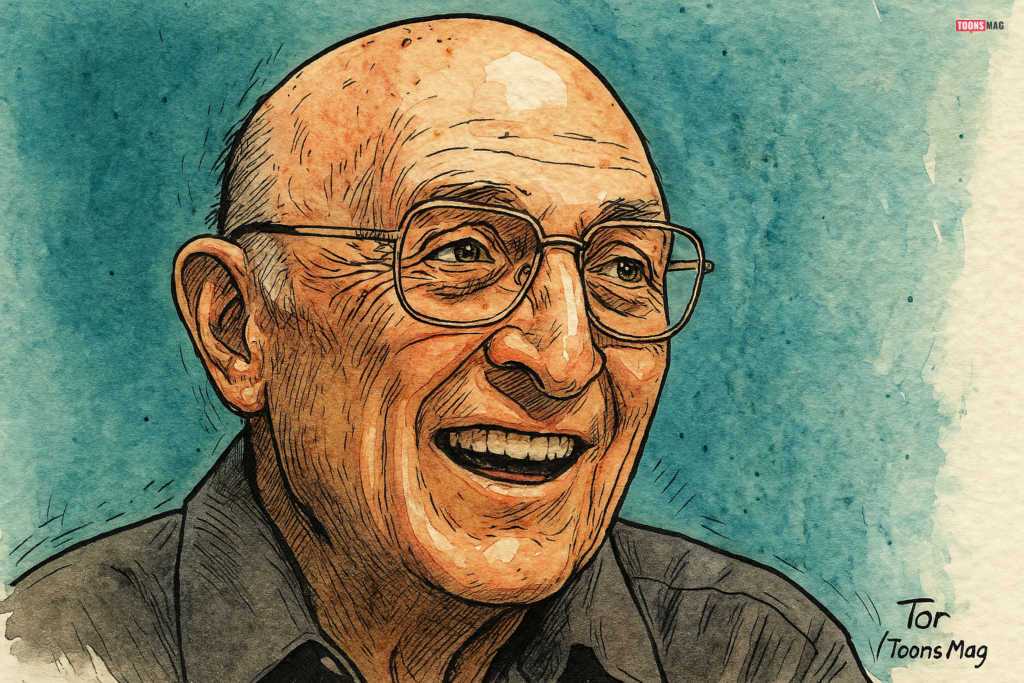
Will Eisner (March 6, 1917 – January 3, 2005) was a groundbreaking American cartoonist, writer, and entrepreneur whose work profoundly shaped the evolution of comics as both an art form and a literary medium. Widely regarded as one of the founding figures of the American comic book industry, Eisner rose to prominence with his influential noir-inspired series The Spirit (1940–1952), which broke new ground in storytelling, visual design, and narrative depth.
In 1978, Eisner helped revolutionize the medium by popularizing the term “graphic novel” with his seminal work A Contract with God, a collection of interconnected stories that elevated comics to serious literary status. Beyond his creative achievements, he was a leading advocate for comics as a legitimate field of academic study, authoring pivotal texts such as Comics and Sequential Art (1985) that are still referenced in comics scholarship today.
In honor of his immense legacy, the prestigious Eisner Awards were established in his name, celebrating excellence in the comics industry. A true visionary, Will Eisner redefined what comics could be, inspiring generations of creators and readers alike.
3. Frank Miller (b. 1957): Mastermind Behind The Dark Knight Returns and Sin City

Frank Miller (born January 27, 1957) is a legendary American comic book artist, writer, and filmmaker whose gritty, cinematic storytelling helped redefine modern comics. Best known for iconic works like The Dark Knight Returns, Batman: Year One, Daredevil: Born Again, Sin City, Ronin, and 300, Miller is celebrated for merging film noir sensibilities with manga-inspired visual dynamism. His influential run on Daredevil introduced the iconic assassin Elektra, setting a new standard for mature superhero narratives.
Miller’s distinctive style—marked by sharp contrasts, minimalist dialogue, and hard-boiled themes—has reshaped the visual and narrative language of graphic novels. In his own words, he sought to create a “hybrid” between the dense verbosity of Western comics and the sparse elegance of Japanese manga. His impact extends beyond print: Miller co-directed the neo-noir cult films Sin City and Sin City: A Dame to Kill For, co-wrote RoboCop 2 and 3, and produced 300, the cinematic adaptation of his own graphic novel.
A recipient of every major comics industry award, Frank Miller was inducted into the Will Eisner Comic Book Hall of Fame in 2015. His work continues to influence both the comic book industry and Hollywood’s approach to superhero and genre storytelling.
4. Steve Ditko (1927–2018): Co-Creator of Spider-Man and Doctor Strange, Master of Marvel’s Mystical and Moral Realms
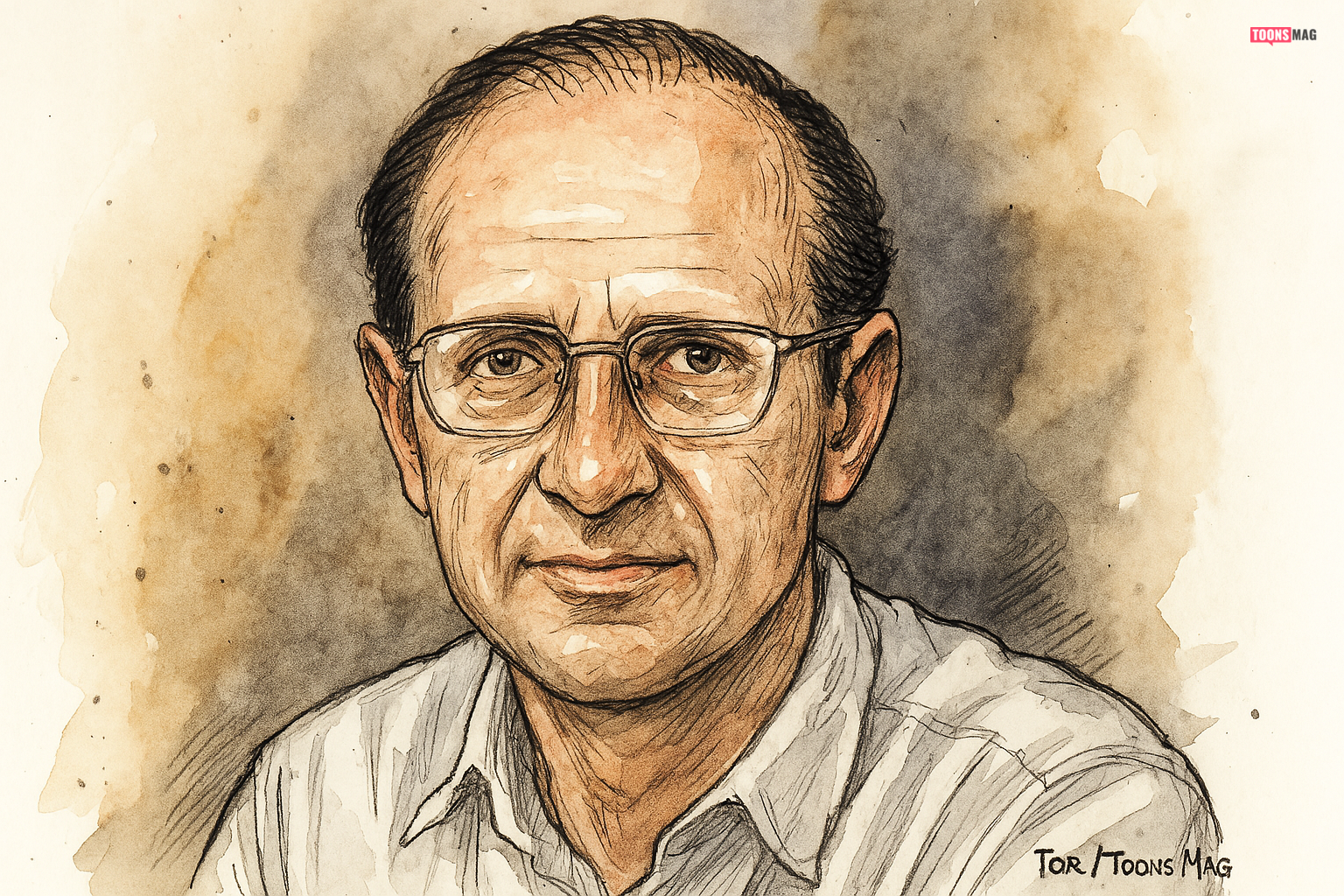
Steve Ditko (November 2, 1927 – c. June 27, 2018) was an iconic American comic book artist and writer best known as the co-creator of Spider-Man and Doctor Strange, two of Marvel Comics’ most enduring and influential superheroes. A master of visual storytelling and intricate detail, Ditko helped shape the look, tone, and mythos of the Marvel Universe during its formative years, pioneering psychological depth and philosophical complexity in superhero comics.
Ditko’s early career began in the 1950s after studying under Batman artist Jerry Robinson at the Cartoonist and Illustrators School in New York City. He worked with legends like Joe Simon and Jack Kirby, and developed a distinct artistic style under the influence of Mort Meskin. At Charlton Comics, Ditko created Captain Atom and contributed to horror, science fiction, and mystery anthologies before joining Marvel (then Atlas Comics).
At Marvel, Ditko illustrated the first 38 issues of The Amazing Spider-Man, co-creating not only Peter Parker/Spider-Man but also iconic villains like the Green Goblin, Doctor Octopus, and the Vulture. He also introduced the mystical world of Doctor Strange in Strange Tales, captivating readers with surreal, otherworldly visuals. Ditko’s unique worldview increasingly influenced his storytelling, culminating in solo plotting credits starting with Spider-Man #25. In 1966, he famously parted ways with Marvel under mysterious circumstances.
Ditko later worked for DC Comics, reimagining characters like The Blue Beetle, and creating philosophical, Objectivist-inspired heroes such as The Question, Mr. A, and Hawk and Dove. A fiercely private man, Ditko rarely gave interviews and preferred to let his work speak for itself. Nevertheless, he maintained a dedicated following and responded personally to thousands of fans through handwritten letters.
He was inducted into the Jack Kirby Hall of Fame in 1990 and the Will Eisner Award Hall of Fame in 1994. In 2024, he was posthumously named a Disney Legend for his pivotal contributions to Marvel Publishing and the global success of its characters.
5. Neal Adams (1941–2022): Visionary Comic Artist and Champion of Creators’ Rights
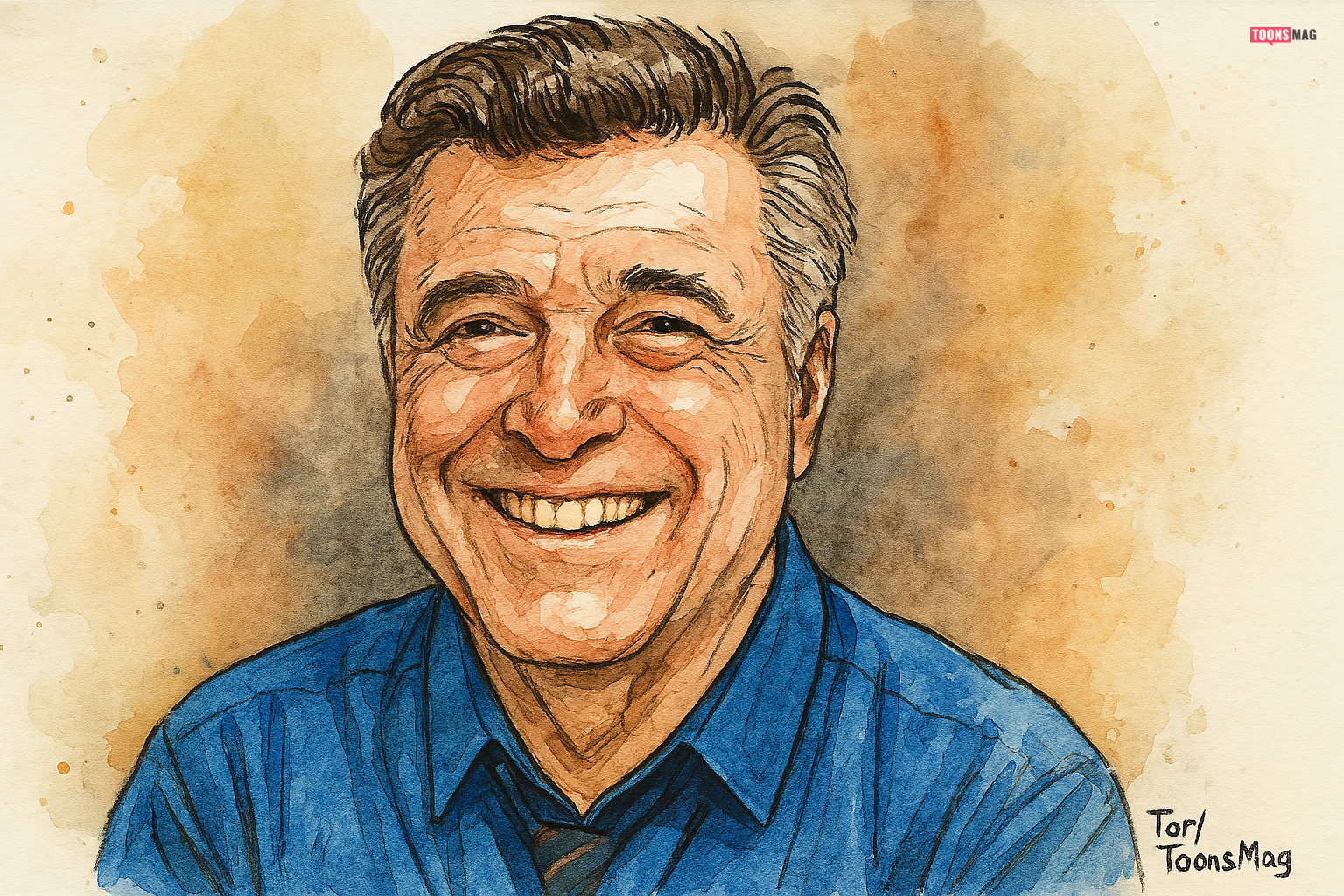
Neal Adams (June 15, 1941 – April 28, 2022) was a trailblazing American comic book artist, writer, and activist, best known for revolutionizing the visual style of superhero comics and fiercely advocating for creators’ rights. A dynamic illustrator whose photorealistic style helped usher in a new era of realism and emotional depth in comic art, Adams left an indelible mark on both DC and Marvel Comics. He co-created iconic characters such as Ra’s al Ghul, John Stewart (the first major Black Green Lantern), and Man-Bat, while reimagining legendary figures like Batman with a darker, more gothic edge.
Adams first gained attention in the early 1960s with his work on the Ben Casey comic strip before joining DC Comics in 1967. There, he revitalized characters like Deadman and Batman, especially through his groundbreaking collaboration with writer Dennis O’Neil. Their work on Batman and Green Lantern/Green Arrow in the 1970s introduced mature social commentary to mainstream comics, tackling issues like drug addiction and racial inequality—most notably in the seminal story “Snowbirds Don’t Fly.”
In addition to his DC work, Adams freelanced for Marvel Comics, contributing to titles like Uncanny X-Men and The Avengers. He also co-founded the influential art studio Continuity Associates with Dick Giordano in 1971 and later launched his own publishing venture, Continuity Comics, in the 1980s.
Beyond his artistic legacy, Adams played a critical role in securing pensions and public recognition for Superman creators Jerry Siegel and Joe Shuster, championing fair treatment and compensation for comic book artists and writers. His activism helped reshape industry standards and inspired a new generation of creators to assert their rights.
Neal Adams was honored with numerous accolades during his lifetime, including induction into the Will Eisner Comic Book Hall of Fame (1998), Jack Kirby Hall of Fame (1999), and the Inkwell Awards Joe Sinnott Hall of Fame (2019). His blend of artistic brilliance and advocacy solidified his status as one of the most influential and respected figures in comic book history.
6. Jim Lee (b. 1964): Legendary Comic Book Artist and President of DC Comics

Jim Lee (Korean: 이용철; born August 11, 1964) is a Korean-American comic book artist, writer, editor, and influential publisher, widely regarded as one of the most impactful figures in modern comics. As of 2023, Lee serves as the President, Publisher, and Chief Creative Officer of DC Comics, overseeing the creative direction of one of the world’s largest comic book publishers. Renowned for his dynamic, highly detailed art style, Lee has shaped the visual identity of iconic characters like Batman, Superman, and the X-Men for decades.
Lee broke into the comics industry in 1987 at Marvel Comics, rising to fame through his blockbuster work on The Uncanny X-Men. Collaborating with writer Chris Claremont, he co-created the fan-favorite mutant Gambit and launched the 1991 X-Men spinoff series. The first issue of X-Men #1, which Lee co-wrote and penciled, sold over 8 million copies, earning a Guinness World Record as the best-selling comic book of all time. His visual interpretations later influenced X-Men: The Animated Series, cementing his influence beyond the page.
In 1992, Lee co-founded Image Comics, a landmark move that empowered creators to retain ownership of their work. Through his imprint WildStorm Productions, he launched hit titles like WildC.A.T.s and Gen13, blending superhero action with cutting-edge art. In 1998, Lee sold WildStorm to DC Comics, shifting focus back to illustration while revitalizing major characters with acclaimed works like Batman: Hush, Superman: For Tomorrow, and Justice League during the New 52 era.
In his executive roles at DC, Lee has been instrumental in brand development across comics, merchandise, and multimedia projects. His leadership has helped guide DC’s storytelling across platforms, while his private sketches remain highly coveted by collectors, often commanding thousands of dollars.
With a career spanning over three decades, Jim Lee’s contributions have earned him numerous accolades, including the Harvey Award, Inkpot Award, and Wizard Fan Awards. His legacy as both a creative visionary and industry leader continues to shape the future of comics.
7. John Romita Sr. (1930–2023): The Definitive Spider-Man Artist
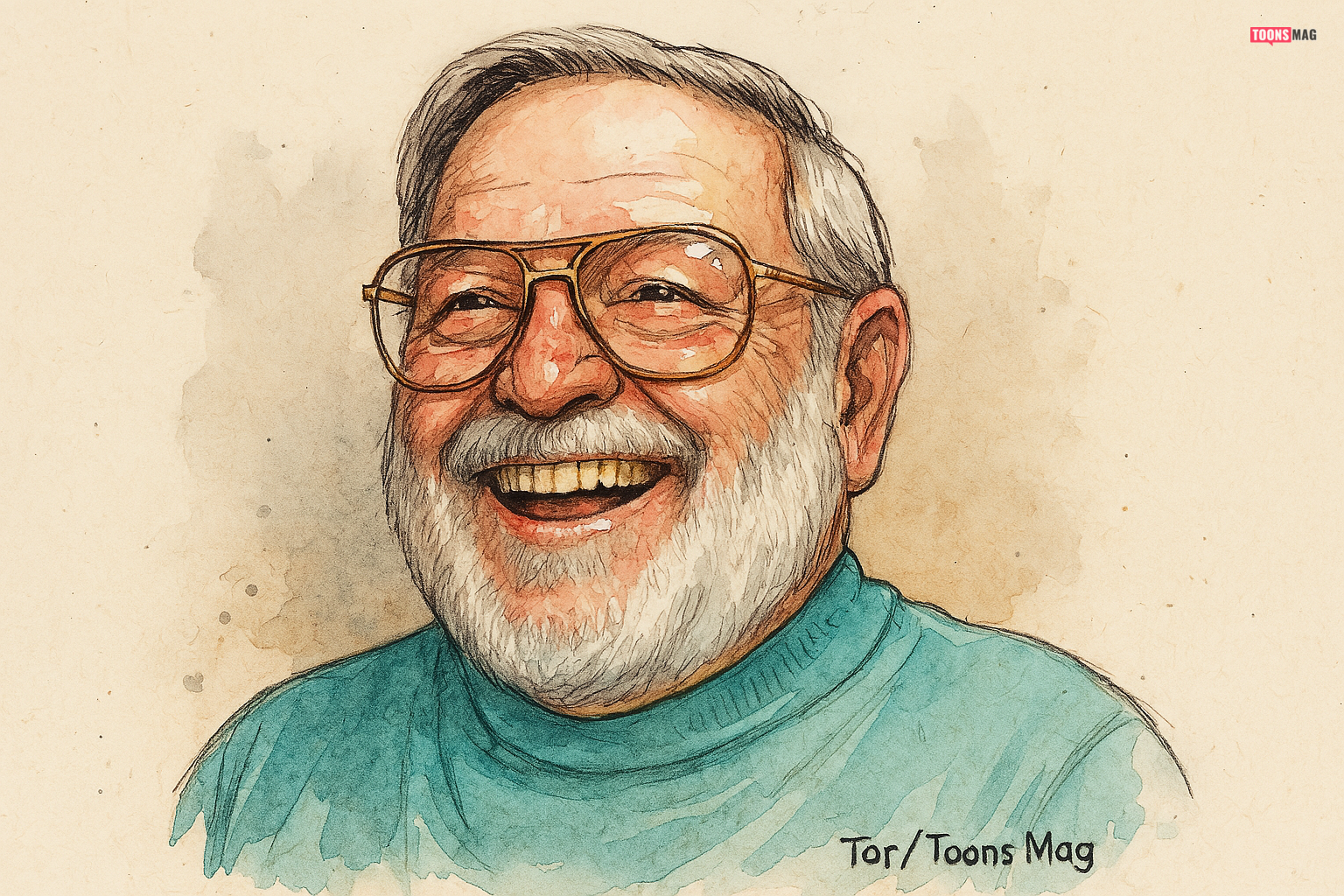
John Victor Romita Sr. (January 24, 1930 – June 12, 2023) was a groundbreaking American comic book artist whose work at Marvel Comics helped shape the visual legacy of some of the most beloved superheroes in pop culture history. Best known for redefining The Amazing Spider-Man after taking over from co-creator Steve Ditko in 1966, Romita became instrumental in turning Spider-Man into Marvel’s flagship character. His elegant, romance-inspired style brought emotional depth and visual appeal to the series, making it Marvel’s top-selling title.
Over the course of his storied career, Romita co-created iconic characters such as Mary Jane Watson, The Punisher, Kingpin, Wolverine, and Luke Cage, leaving an indelible mark on the Marvel Universe. Beginning in the late 1940s, Romita’s early work included horror, war, and romance comics for Timely and Atlas (Marvel’s precursors), followed by a successful stint at DC Comics during the 1950s and early 1960s.
Returning to Marvel in 1965, Romita’s artistic partnership with Stan Lee on Daredevil led to his pivotal role on Spider-Man. Promoted to Marvel’s art director in 1973, Romita shaped the company’s visual identity across decades, mentoring a generation of artists and influencing character designs across the board.
Romita’s legacy extends to his family as well—his wife Virginia Romita served as Marvel’s longtime traffic manager, and his son John Romita Jr. became a celebrated comic book artist in his own right. In recognition of his enormous contributions to the medium, John Romita Sr. was inducted into the Will Eisner Comic Book Hall of Fame in 2002.
8. George Pérez (1954–2022): Visionary Comic Book Artist Behind Titans, Crisis, and Wonder Woman
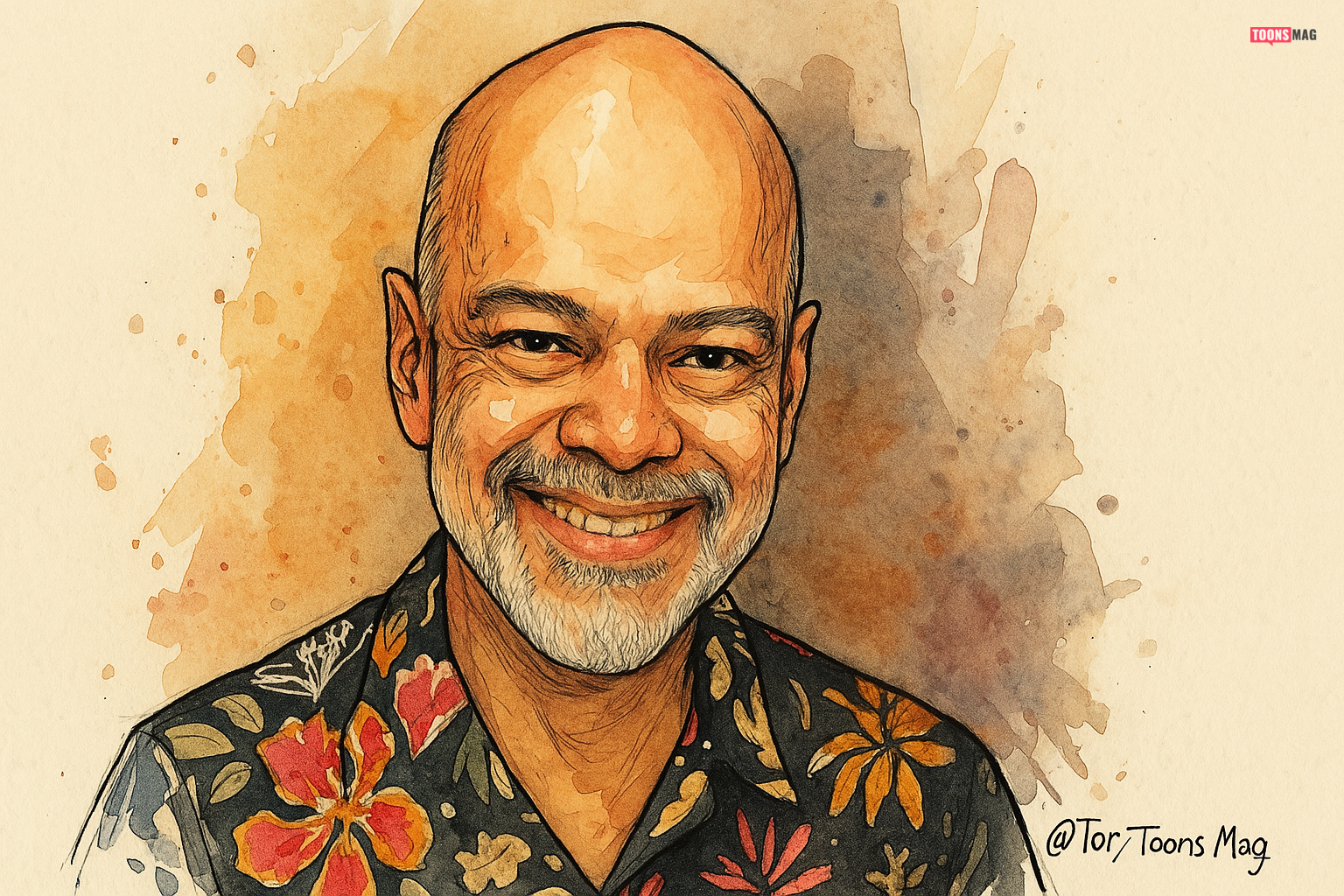
George Pérez (June 9, 1954 – May 6, 2022) was a legendary American comic book artist and writer celebrated for his richly detailed artwork, dynamic storytelling, and groundbreaking contributions to both Marvel and DC Comics. Rising to fame in the 1970s with standout work on Fantastic Four and The Avengers, Pérez quickly became one of the most influential pencillers of his generation.
In the 1980s, he cemented his legacy with The New Teen Titans—co-created with writer Marv Wolfman—which introduced enduring characters like Cyborg, Raven, Starfire, and the new identity of Nightwing for Dick Grayson. His talents reached a new level of impact with Crisis on Infinite Earths (1985–1986), the epic crossover event that redefined DC’s multiverse and showcased his unmatched ability to handle massive crowd scenes and intricate layouts.
Pérez also led a celebrated relaunch of Wonder Woman in 1987 as both writer and artist, grounding the character in her mythological roots and revitalizing her for a new era of readers. Throughout his career, Pérez worked on many landmark titles, including Infinity Gauntlet, Justice League of America, Superman, and Final Crisis: Legion of Three Worlds.
Revered for his meticulous, expressive art style and revered by fans and peers alike, George Pérez helped shape the modern comic book landscape. His creative legacy lives on through the iconic characters he co-created and the stories that continue to inspire generations of readers and artists.
9. Alex Ross (b. 1970): The Realist Painter of Superheroes Who Redefined Comic Art
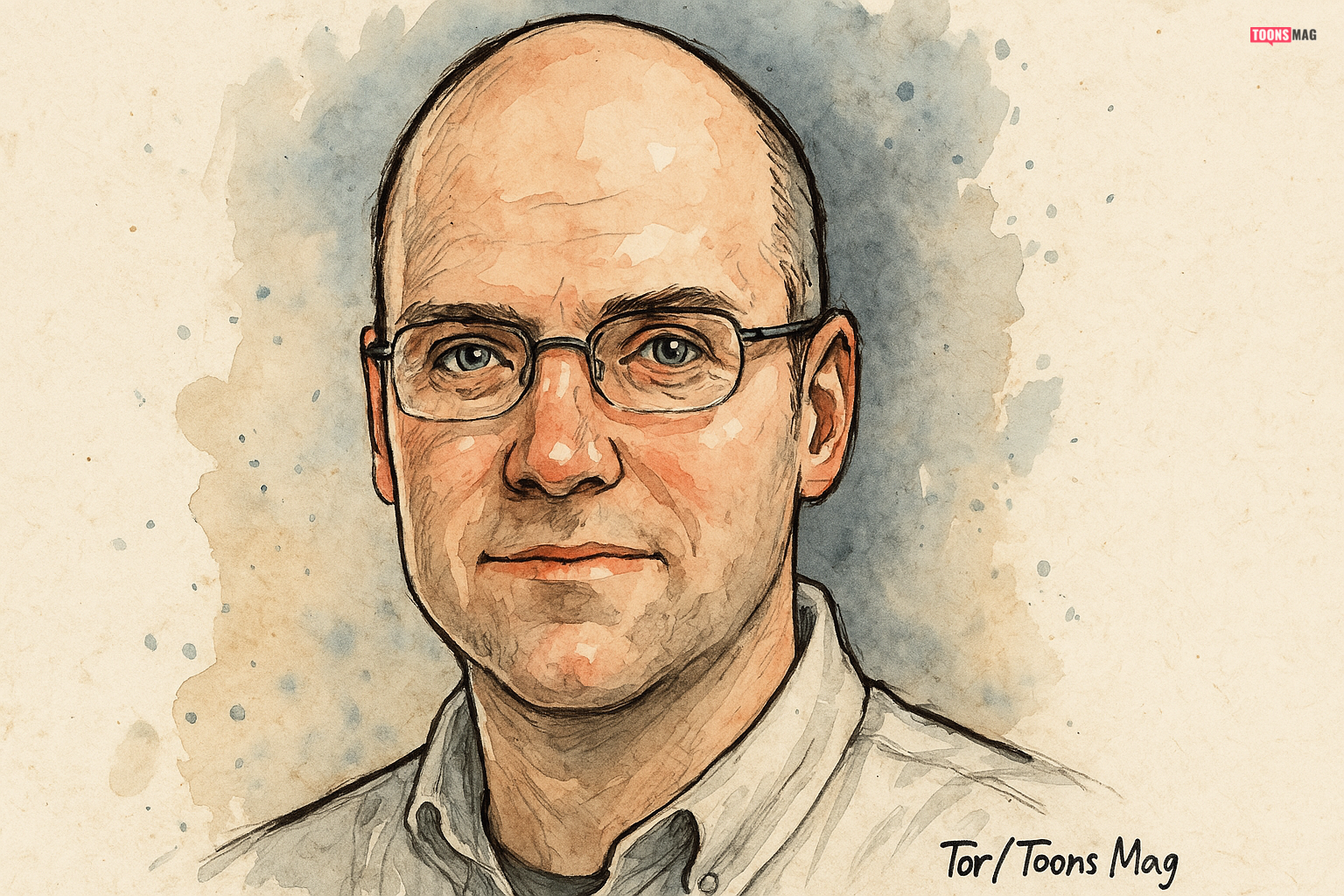
Nelson Alexander Ross (born January 22, 1970), widely known as Alex Ross, is a renowned American comic book artist and writer celebrated for his photorealistic painted artwork and iconic reinterpretations of classic superheroes. Blending traditional painting techniques with a deep reverence for comic book history, Ross has become one of the most influential visual storytellers in modern comics.
Ross rose to prominence with the groundbreaking 1994 Marvel Comics miniseries Marvels, created in collaboration with writer Kurt Busiek. The series reimagined pivotal moments in Marvel history through the eyes of an everyman photographer, and Ross’s hyper-realistic gouache and wash illustrations earned critical acclaim for bringing emotional depth and visual grandeur to the superhero genre. He followed this success with Kingdom Come (1996), a DC Comics epic co-written with Mark Waid, which offered a morally complex vision of the superhero mythos and further cemented his reputation as a master painter of modern mythology.
Over the years, Ross has contributed to projects across Marvel, DC, Dynamite Entertainment, and Image Comics, producing covers, character designs, and interior art for acclaimed titles like Astro City, Justice, and Project Superpowers. His influence also extends beyond comics into pop culture, having created artwork for films like Spider-Man (2002), Spider-Man 2 (2004), and Unbreakable (2000), as well as for the Academy Awards, TV Guide, and major video game titles.
With a style often described as “Norman Rockwell meets George Pérez,” Alex Ross is lauded for his nostalgic yet humanized portrayals of iconic figures like Superman, Batman, Spider-Man, and Wonder Woman. His work has been adapted into merchandise, action figures, posters, and museum exhibitions, making him a household name among fans and collectors.
10. Todd McFarlane (b. 1961): Creator of Spawn and Visionary Behind Image Comics
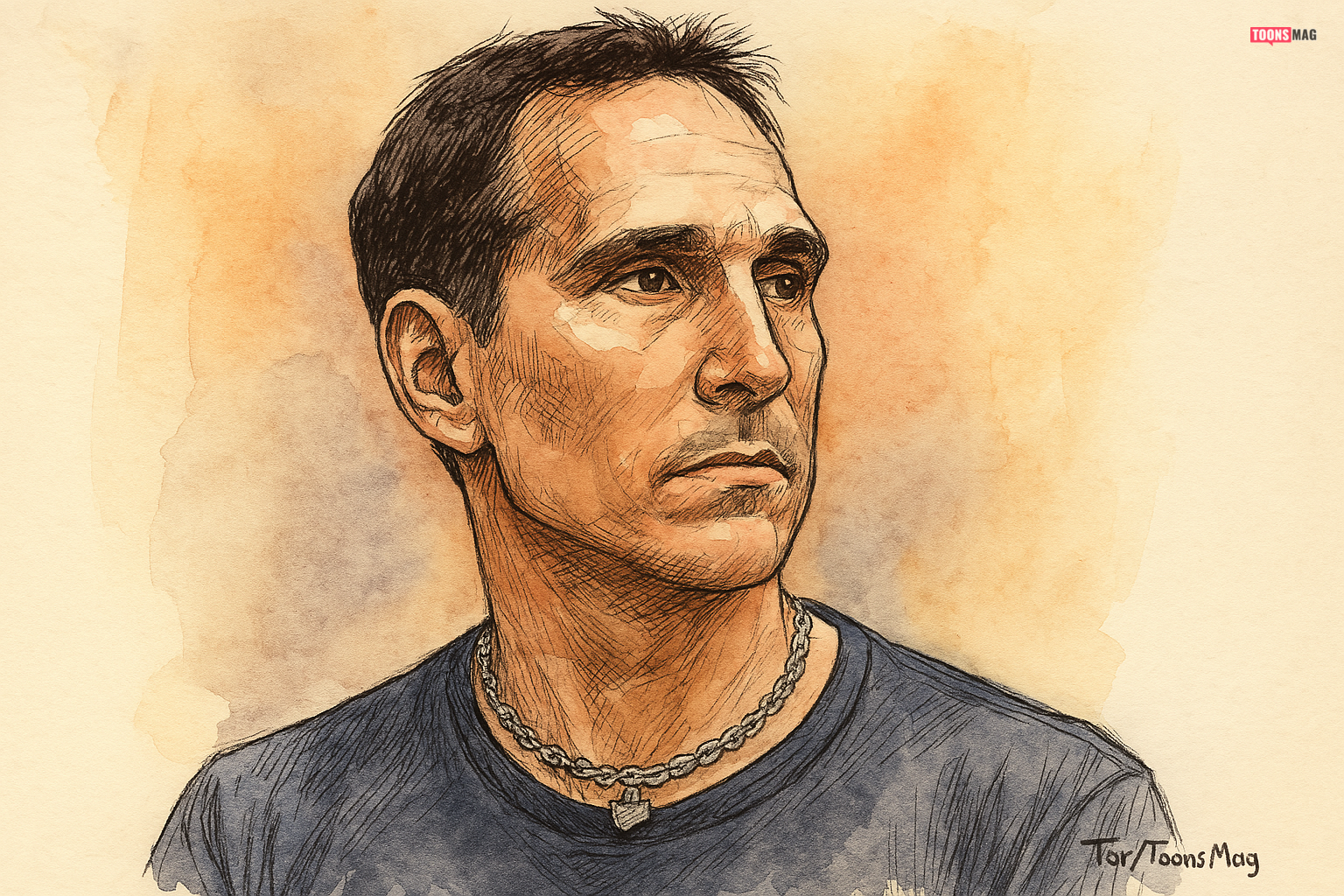
Todd McFarlane (born March 16, 1961) is a Canadian comic book artist, writer, filmmaker, and entrepreneur best known as the creator of Spawn and for his influential work on The Amazing Spider-Man. A trailblazer in the comic book industry, McFarlane revolutionized the visual style of superhero comics in the late 1980s and early 1990s with his dynamic, hyper-detailed artwork and bold page layouts. He is also the co-founder and current President of Image Comics, one of the largest independent comic book publishers in the world.
McFarlane gained prominence at Marvel Comics with his groundbreaking run on The Amazing Spider-Man, where he helped define the modern look of the character and introduced the villain Venom. In 1990, he launched the Spider-Man solo series as both writer and artist, with the debut issue selling over 2.5 million copies. In 1992, McFarlane left Marvel to form Image Comics alongside fellow artists, where he launched Spawn, a supernatural antihero whose debut issue sold a record-setting 1.7 million copies—a benchmark that remains unmatched for independent comics.
Beyond comics, McFarlane expanded into film, animation, and collectibles. He founded McFarlane Toys, an industry-leading company known for its highly detailed action figures, and Todd McFarlane Entertainment, which produced the Spawn animated series for HBO and the 1997 live-action film. He is also preparing to make his directorial debut with King Spawn (2025), a cinematic reboot of his iconic character starring Jamie Foxx.
A former part-owner of the NHL’s Edmonton Oilers and a passionate sports memorabilia collector, McFarlane has left a multifaceted legacy that spans pop culture, entertainment, and business. His visionary work continues to inspire artists and creators, while Spawn remains one of the longest-running creator-owned comic series in history.
The contributions of these ten comic artists have profoundly shaped the landscape of the comic book industry. Their innovative storytelling and artistic excellence continue to inspire both creators and readers, ensuring that their legacies endure in the annals of comic history.
Frequently Asked Questions About Comic Artists
What does a comic artist do?
A comic artist is responsible for creating the visual elements of a comic, including characters, settings, and action sequences. They may work on various aspects such as penciling, inking, coloring, and lettering, either individually or as part of a collaborative team. Some comic artists also develop the storyline and dialogue, functioning as both writer and illustrator.
What is the typical process for creating a comic?
The comic creation process often involves several stages:
- Scripting: Developing the plot and dialogue.
- Penciling: Sketching the initial layout and composition.
- Inking: Refining the penciled artwork with ink to add depth and clarity.
- Coloring: Applying colors to enhance mood and visual appeal.
- Lettering: Inserting text for dialogue, captions, and sound effects.
Depending on the project, a single artist may handle multiple roles, or a team of specialists may collaborate to complete each stage.
What tools and materials do comic artists use?
Comic artists utilize a variety of tools, both traditional and digital:
- Traditional: Pencils, inks, brushes, erasers, rulers, and paper.
- Digital: Graphics tablets, styluses, and software like Adobe Photoshop, Clip Studio Paint, or Procreate.
The choice of tools depends on the artist’s personal preference and the specific requirements of the project.
How do comic artists develop their unique style?
Developing a unique style involves continuous practice, studying various art forms, and experimenting with different techniques. Artists often draw inspiration from other creators, life experiences, and diverse media, gradually refining their style through consistent work and feedback.
What challenges do comic artists commonly face?
Common challenges include:
- Meeting Deadlines: Balancing quality with time constraints.
- Maintaining Consistency: Ensuring characters and settings remain uniform throughout the work.
- Creative Blocks: Overcoming periods of reduced creativity or motivation.
- Physical Strain: Managing issues like hand or back pain from prolonged drawing sessions.
Artists often develop personal strategies to address these challenges, such as establishing routines, seeking peer support, and practicing self-care.
Can comic artists make a living from their work?
Yes, many comic artists earn a living through various avenues:
- Publishing: Working with publishers to release comics in print or digital formats.
- Freelance Work: Taking on commissions, illustrations, or concept art projects.
- Merchandising: Selling prints, original artwork, or related products.
- Crowdfunding: Utilizing platforms like Kickstarter or Patreon to fund projects.
Success often requires a combination of artistic skill, business acumen, and effective self-promotion.
How can aspiring comic artists improve their skills?
Aspiring artists can enhance their abilities by:
- Regular Practice: Drawing consistently to develop technique.
- Studying Fundamentals: Learning anatomy, perspective, and composition.
- Seeking Feedback: Engaging with peers or mentors for constructive critiques.
- Analyzing Other Works: Studying comics and art to understand different styles and storytelling methods.
- Attending Workshops or Classes: Participating in educational opportunities to learn new techniques.
What role does collaboration play in comic creation?
Collaboration is often essential, especially in larger projects. Teams may include writers, pencillers, inkers, colorists, and letterers, each contributing specialized skills. Effective communication and a shared vision are crucial for a cohesive final product.
How do comic artists handle creative differences within a team?
Managing creative differences involves open communication, flexibility, and compromise. Establishing clear roles and a unified vision at the project’s outset can help mitigate conflicts. When disagreements arise, focusing on the project’s goals and the audience’s experience can guide resolution.
What impact has digital technology had on comic artistry?
Digital technology has significantly influenced comic creation by:
- Streamlining Workflow: Allowing for easier editing and revisions.
- Expanding Distribution: Enabling digital publishing and reaching global audiences.
- Enhancing Collaboration: Facilitating remote teamwork through digital platforms.
- Diversifying Tools: Providing new mediums and techniques for artists to explore.
While some artists prefer traditional methods, many embrace digital tools for their versatility and efficiency.
Comic artistry is a multifaceted field that blends visual art with storytelling, requiring both creative talent and technical skill. Whether working independently or as part of a team, comic artists play a vital role in bringing engaging narratives to life.




One Comment